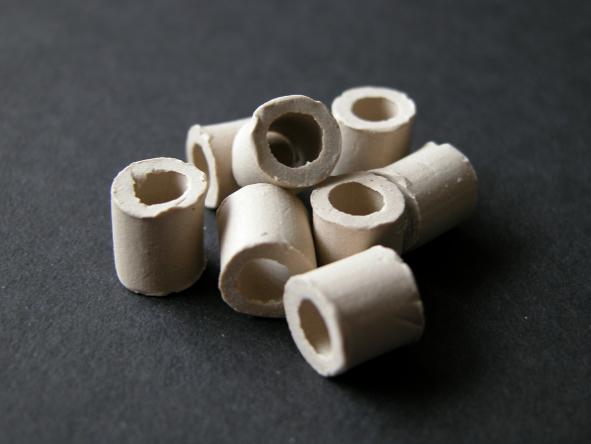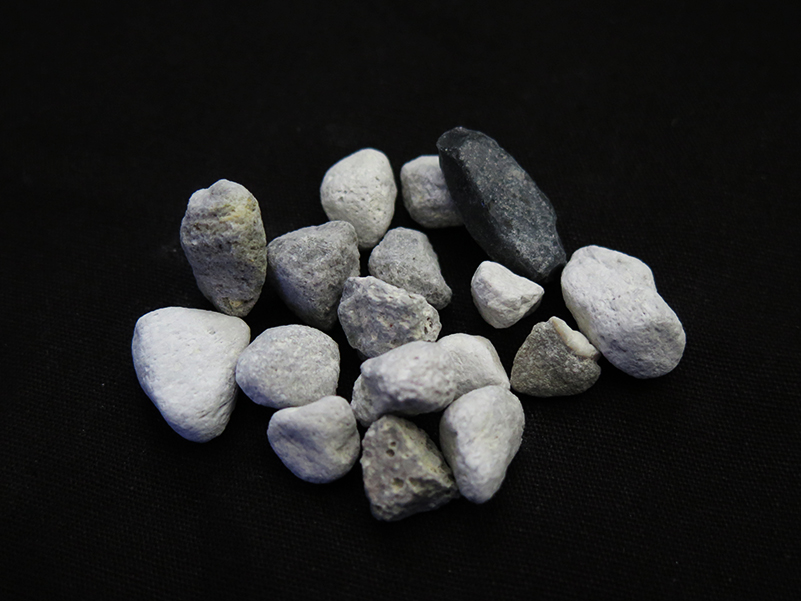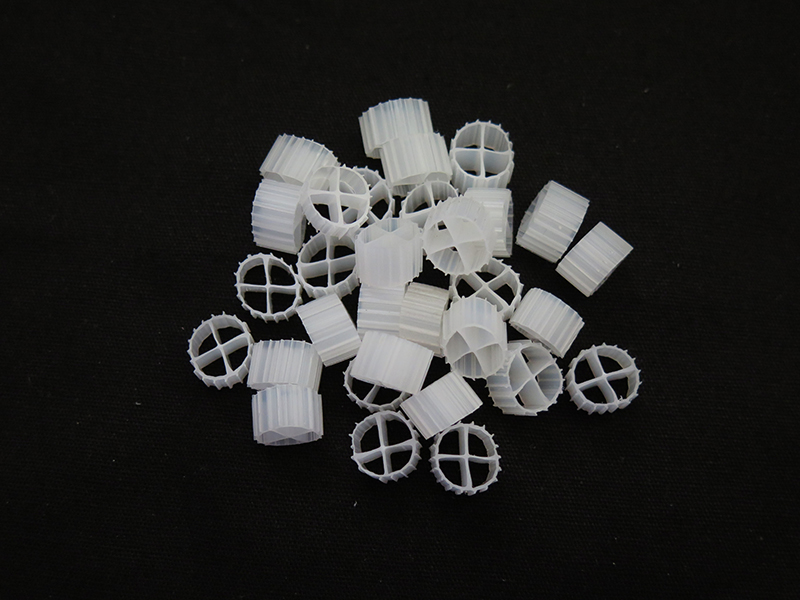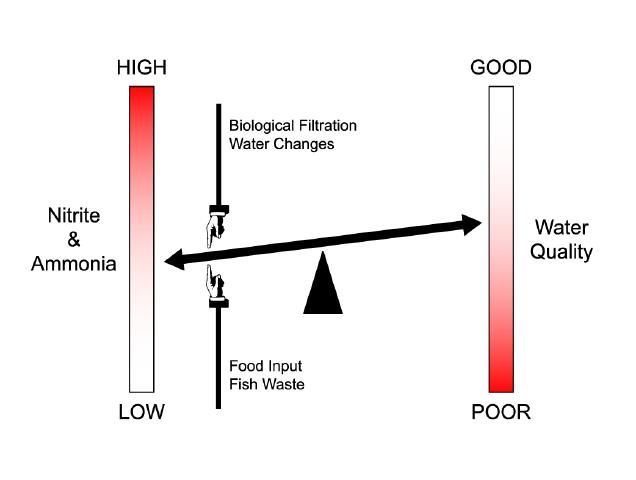How To Maintain Good Water Conditions
(Updated 05/18/14)
By Bryan Chin
The ideal water for guppies has low nitrite,ammonia, and nitrate levels. This condition gives good oxygenation for growth and a friendly environment for healthy fish. Many times when disease sickens guppies, it is due more to tank conditions that have declined which make the fish susceptible to disease already present in our tanks rather than an airborne disease suddenly entering our fish room. This is apart from the situation when fish that are returned from a fish show or fish that come from a place that may carry a disease or parasites. The common diseases like Ich, Velvet and Fin Rot are always present in our tanks and are just waiting to take hold when the guppy’s heath drops due to water conditions.
Guppy breeders often try to feed their fish with the maximum amount of food to get the maximum potential growth. If a guppy breeder feeds too much, the food that is not eaten breaks down and produces nitrite in the water which causes a decrease in available oxygen for the guppy. Also the more food a tank of guppies are fed the more fish waste will result causing a higher ammonia level causing more deterioration of the water quality. The amount of filtration and water changes will vary from tank to tank depending on the fish population and food input. It is best to use a water test kit to measure the ammonia, nitrite, and nitrate levels to better understand the needs in your fish room.
The ammonia and nitrite are countered with biological filtration. Biological filtration breaks downs ammonia and nitrites into nitrates. Nitrates can be reduced with anerobic biological filtration or water changes. The key is how effectively and quickly can the filtration breakdown the harmful compounds to keep the water quality that is well oxygenated and avoid harmful nitrate poisoning. The following summarizes some of my experiences with different filters and media.
The Box Filter
Box or container filtration for most guppy breeders is practical and cost effective. I have used ceramic tubes for biological filtration on the bottom 2/3 with floss on top. The ceramic tubes are good media for the good bacteria grow to breakdown ammonia and nitrite . It also helps to weigh down the filter. Any other material that encourages good bacteria growth can be used, such as glass marbles or the other available biological media for filtration. The floss or filter pads on top helps stop larger debris from entering the box. Some filter containers can function without the lid exposing the floss which allows the fish to pick on the floss where live brine and other food may have been captured. I usually change the floss every 5 weeks or sooner if it is heavy with debris. I also have used a second box filter with just ceramic tubes in a tank that has more fish and require more biological filtration. I have to make a point to rinse out the filter without the floss once a week to remove the waste build up. The reason I don’t use floss in the second filter is to get maximum water flow to give maximum biological filtration. Presently I have switch using the second filter with K1 media that will be explained later in this article.
I have used charcoal but I found that using ceramic tubes was a better solution. Charcoal only absorbs toxins such as nitrite and ammonia for a short period of time. Also after the charcoal charge is used up, it can reverse itself and release the toxins back into the water. This can sometimes explain the sudden deterioration of water conditions and the fish are gasping for air at the top of tank. Charcoal also becomes a breeding ground for good bacteria, but is lost when changed with fresh charcoal. Even if you use some of the old charcoal, the biological filtration has been reduced, until the good bacteria can grow and increase again. Ceramic tubes, just need to have the waste rinsed out and replaced back with its good bacteria still intact. It is important to note that you do not rinse out the material in hot water which will kill the good bacteria. Chlorine will also kill anything in the material, but sometimes necessary to eliminate harmful diseases that have entered into the tank. Be sure that the material is neutralized of chlorine after treatment and give it time to repopulate before putting too many fish in the tank. Adding biological material from a healthy establish tank will also speed up the good bacteria growth. A picture of the ceramic tubes is shown below.

Matrix
As of May 2014 I have changed the ceramic tubes to Matrix media in my box filters with a secondary K1 filter in each tank. The reason behind this is that ceramic tubes and most other biological filter media only break down ammonia and nitrites. Matrix claims to also break down nitrates. Nitrates is the last remaining toxin which is the result of the biological breakdown of ammonia and nitrites. I will update this article with how the Matrix media works at a later date. I believe I will still need to do weekly 25% water changes to aid in the reduction of nitrates.I did consider De-Nirate but this media requires very slow water flow. The Matrix media is shown below.

K1 Media
As of December 2013 I have changed the secondary filtration from ceramic tubes to K1 media. This media has been used for water treatment plants and has proven to be an efficient way to break down ammonia and nitrites. The K1 media is vigorously rotated in water by moving water or aeriation. This vigorous action helps remove old dead bateria from the media which allow more surface area for new active bacteria to grow. There are various videos online that demonstrate how to create your own filters with K1 media. I use plastic containers weighed down by ceramic tubes with about 20% of the height and the remainder with enough K1 media that still allows it to freely rotate in the container with aeriation. I have a noticable a positive difference in the quality of the water with more active fish due to better oxygenated water from reduction in ammonia and nitrites. K1 media is shown below. Nitrates will need to be reduced by anerobic biological filtration and/or water changes.

Sponge Filters
This has good biological filtration but does need to be rinsed often to keep the water flow going well through the sponge material. I have also experienced that with time it tends to get more difficult to clean due the minute particles and algae that get stuck deep within the sponge material. Sponge filters that are larger give more area for good bacteria to grow and greater water flow through the filter creating better biological filtration. People often use two sponge filters per tank so if one needs to be thrown away the other one can continue the biological filtration. When this is done it must be kept in mind that the biological filtration has been cut in half until the new one can catch up. People also use this in combination with a box filter. Same rules apply to the sponge filter as the ceramic tubes for rinsing. This filtration only breaks down ammonia and nitrites so nitrates will need to be reduced by anerobic biological filtration and/or water changes..
Outside Filters
Outside Filters can give good biological filtration, but its downfall is that it will take in uneaten food and the fish can not reach it causing more dissolve waste into the water. Baby brine (as well as baby guppies.) can also be quickly vacuumed up before the fish can consume.
Diatom Filters
The purpose of this filtration is to mechanically eliminate any floating debris in the water with no significant amount of biological filtration. Not a practical or useful filtration for guppy breeders.
Summary
A good indicator that the amount of biological filtration not sufficient is if the tank is cloudy or if the fish are less active. If the filtration cannot be increased to compensate then less food has to be fed to that tank. This may mean having less fish in the tank requiring less food.
Weekly water changes are usually needed to reduce nitrates in the tank. Most biological filtration only breakdown ammonia and nitrites. Depending on how polluted the tank is, water changes can range from 10% to 50% of the tank’s water. People who do water changes above 25% should take more attention to the temperature matching the tanks and that water treatment chemicals are reduced to a safe level. People who do water changes below 25% still need to do the same, but it is not as critical to match within a few degrees since the amount is smaller and has less chance of shocking the fish. Water quality is different depending on its source and how the water treatment plant purifies the water so it is advisable to adjust your water treatment procedure to best serve your guppies.
The basic concept to good water quality is to reduce the fish waste, ammonia, nitrite, and nitrate levels in the water. Fish waste is reduced by siphoning off waste when you are changing water, changing the filter floss, and rinsing out waste from the filter’s biological material. Nitrite and ammonia are reduced by good biological filtration. Since ammonia is broken down to nitrite, and then nitrates it is important to reduce the nitrates by water changes or anerobic biological filtration. High levels of nitrates will cause nitrate poisoning in the fish that changes the blood to a brownish red color. If your biological filtration and water changes can not keep up, then the fish population and food input to the tank must be reduced. The illustration below demonstrates the balance between the different factors.

|